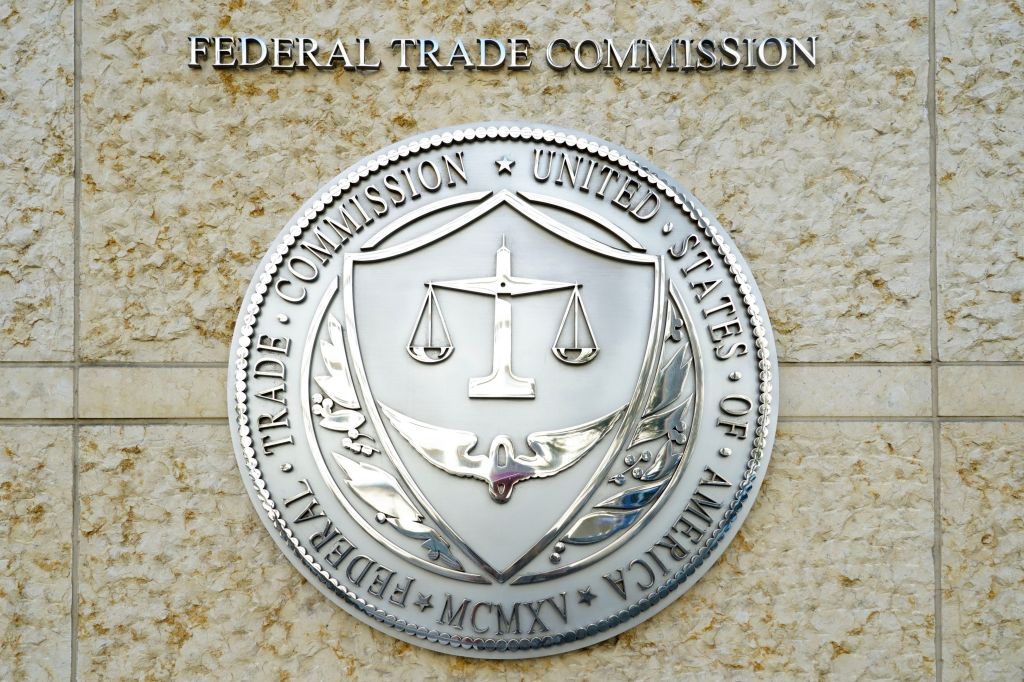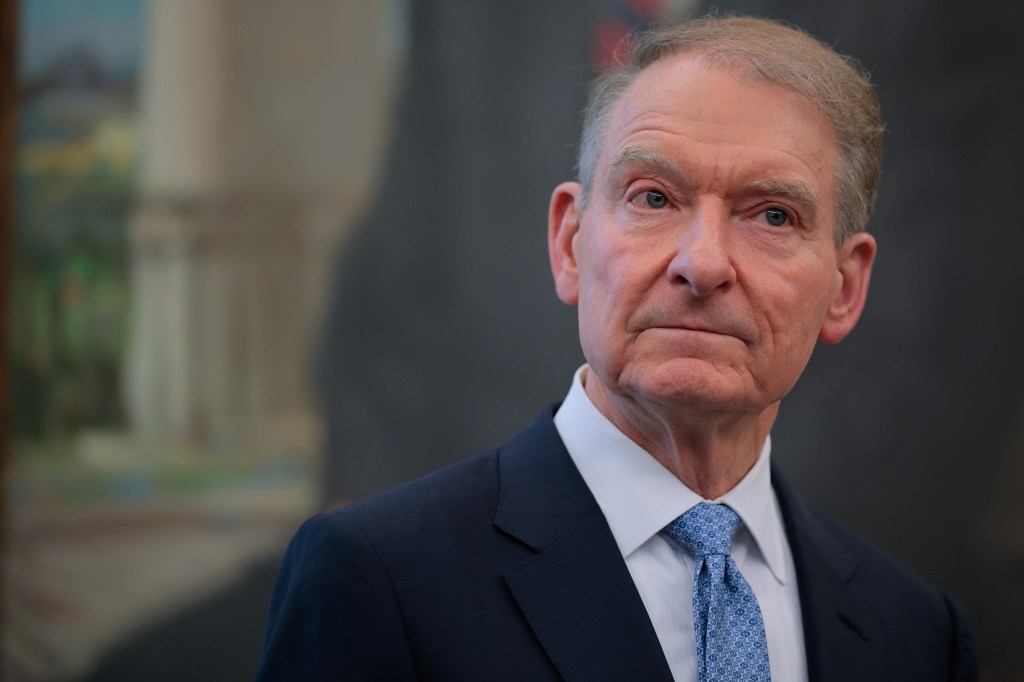The US SEC has approved an amendment to the National Market System Plan (NMS Plan) governing the Consolidated Audit Trail, or CAT, to adopt a revised funding model, called the Executed Share Model.
The SEC’s plan also establishes a schedule for CAT fees for the self-regulatory organizations
Register for free to keep reading.
To continue reading this article and unlock full access to GRIP, register now. You’ll enjoy free access to all content until our subscription service launches in early 2026.
- Unlimited access to industry insights
- Stay on top of key rules and regulatory changes with our Rules Navigator
- Ad-free experience with no distractions
- Regular podcasts from trusted external experts
- Fresh compliance and regulatory content every day

















